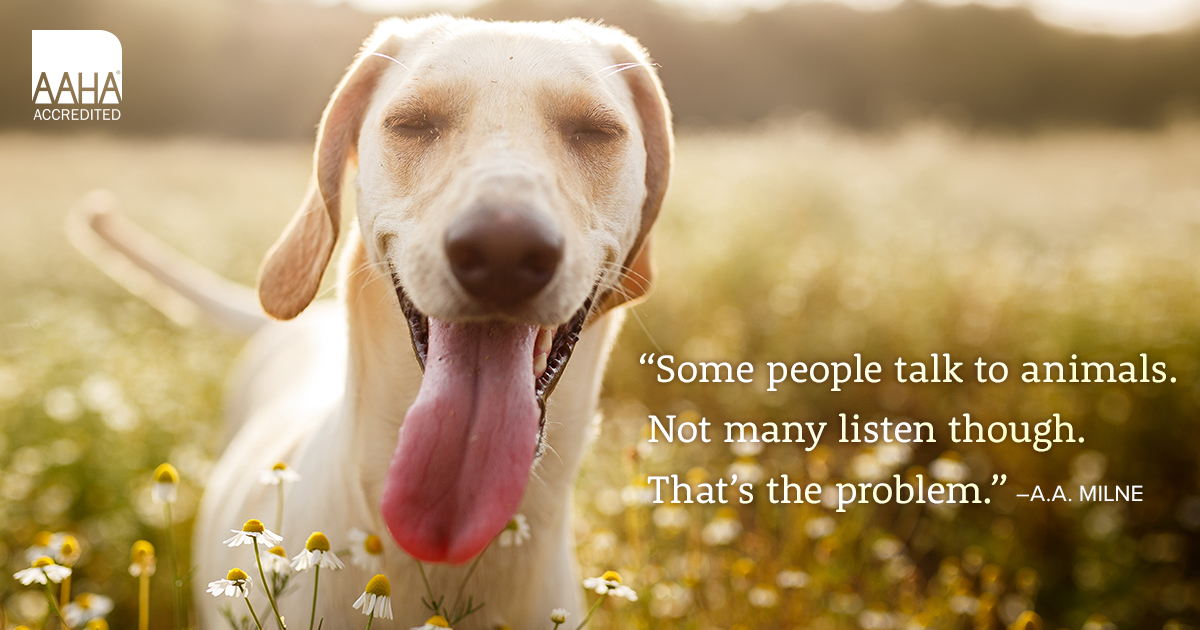
Pet Health Education Handouts
-
The uropygial gland (preen/preening gland or oil gland) is a normal part of most bird's anatomy. The gland produces preen oil that helps coat a bird's feathers. Vitamin A deficiency, infections, and tumors may affect the uropygial gland.
-
New birds should be examined by an avian veterinarian within the first couple of days after purchase or adoption. Pet birds should receive routine annual veterinary examinations. A physical examination allows a veterinarian to notice subtle signs of disease before they are obvious. Your veterinarian will discuss the need for testing with you depending on the findings of the physical examination. Tests, including blood tests and fecal analysis, are performed routinely to monitor the current state of health of the bird. The specific tests your veterinarian suggests will depend on your bird's age, size, species, and health status.
-
The physical examination is a crucial part of assessing the health of a new pet bird. Your first visit with an avian veterinarian should also include a thorough discussion of proper nutrition, housing, care, grooming, and training/socialization. Additional tests may be recommended during the exam.
-
Running a veterinary clinic has a lot of overhead and behind the scenes cost that many pet owners aren't aware of. Human healthcare is far more expensive and less efficient than you realize. Plan ahead and take preventive steps to help reduce treating costly problems.
-
During the spring and summer, it is not unusual to encounter a wild baby bird on the ground. Often, people respond by taking the little "orphan" home before they figure out what to do with it. This handout provides important information should you encounter a wild baby bird.
-
The purpose of clipping a bird's wings is not to prevent flight completely, but to ensure the bird is unable to achieve or sustain upward flight, preventing escape, unwanted roaming, and exposure to dangerous situations. Typically, the primary feathers are trimmed about halfway between the base and the tip of the feather. The secondary feathers should not be clipped, and no feathers should be clipped shorter than midway from base to tip. Newly growing pin or blood feathers (that retain blood in the shaft until the feather matures) will bleed quite profusely if accidentally cut.

